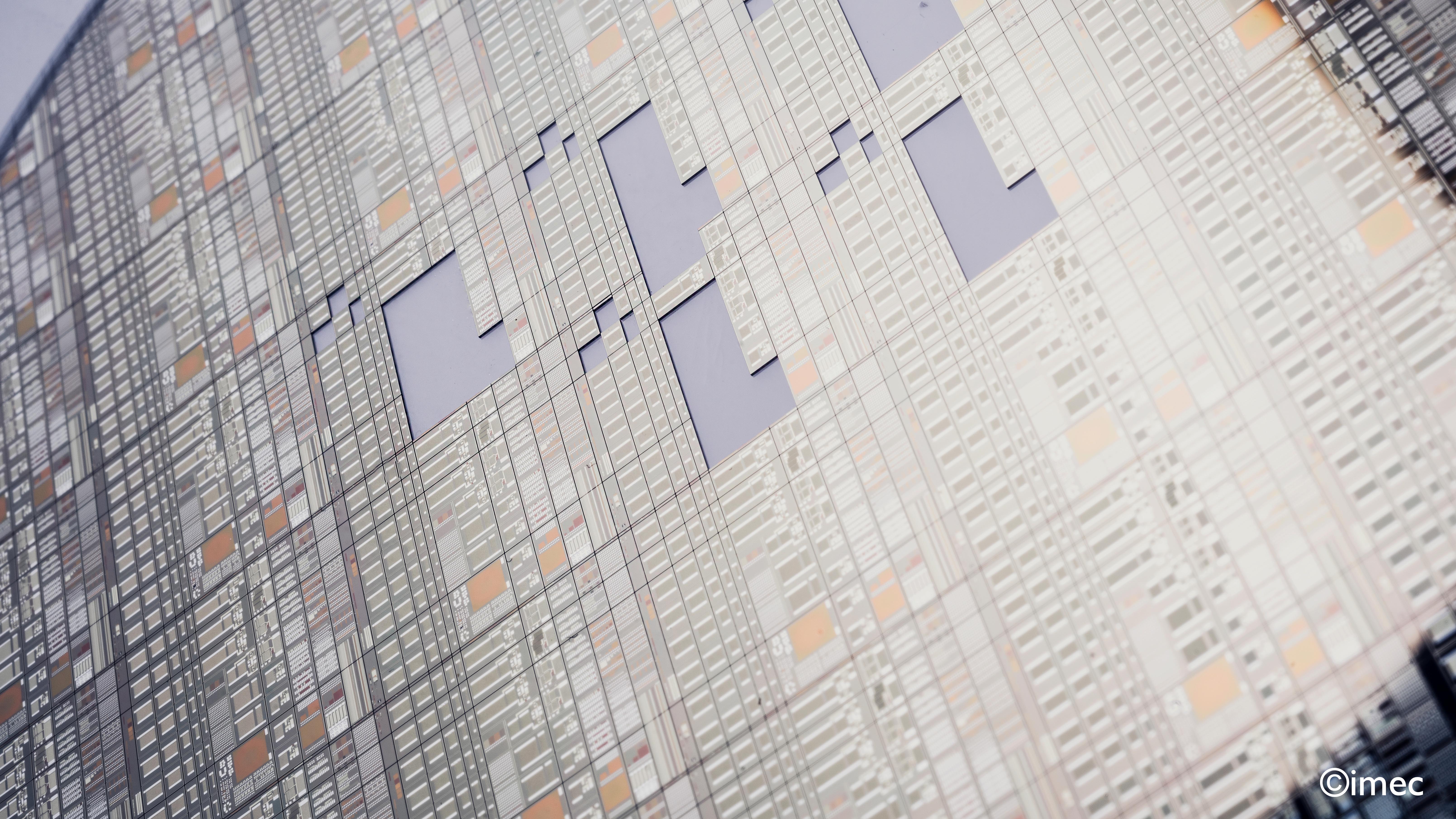Imec and EUROPRACTICE announce winners of GaN design contest

Contest aims to stimulate innovation in power electronics, using GaN technology to create higher power, smaller and faster components
Belgian research centre Imec and EUROPRACTICE (the EU consortium of research organisations) have announced the winners of their 2021 GaN-IC design contest.
The contest aims to encourage innovation in power electronics applications using Imec’s GaN technology for monolithic integration of power electronics circuits. The prizewinning project entitled 'High voltage half-bridge with integrated drivers and control circuits – all GaN' was submitted by a team of researchers from the Chair of Integrated Analog Circuits and RF Systems of RWTH - Aachen University.
Proposals submitted by ESAT-MICAS from KU Leuven and Leibniz University Hannover came second and third, respectively. The winning designs will be prototyped in Imec’s upcoming 650V GaN-IC Multi-Project Wafer (MPW) run, starting late October 2021. (Pictured above is diced GaN wafer, similar to what winners will be able to produce with Imec.)
Monolithic integration of GaN-ICs
The power electronics industry is looking for novel approaches to create higher power, smaller and faster components that increase devices’ power density. To do so, companies could resort to using GaN (GaN) technology, making for power devices that show a higher breakdown strength, faster switching speeds, and lower on-resistance. In other words: GaN technology allows to significantly outperform silicon-based power chips in terms of system performance and efficiency, physical space specifications and packaging costs. And it works at higher temperatures. This has raised the interest from a wide range of industry sectors – from automotive and consumer electronics companies, to providers of data center solutions.
Today’s GaN-based power chips have already pushed operating frequencies and efficiencies of Switch Mode Power Supplies (SMPS) to record levels. Yet, they are still mainly available as discrete components, while the key to unlocking the technology’s full potential lies in reducing the parasitic inductances. Imec has responded to this challenge through the development of its GaN-on-SOI technology, which allows to monolithically integrate logic and analog circuits with power components onto the same die. As such, parasitic inductances can drastically be reduced, resulting in a much-improved switching speed.
Lowering the access barrier to Imec’s GaN-IC technology
To make GaN-on-SOI devices and circuits more affordable and easily available to its customers, Imec offers a Multi-Project Wafer (MPW) solution through EUROPRACTICE. In the MPW model, mask, processing, and engineering costs are shared across multiple customer designs, typically delivering prototyping runs of 40 sample dies.
It is the same MPW solution that supported the GaN-IC contest recently launched by Imec and EUROPRACTICE, aiming at university teams that had never prototyped in Imec’s GaN-IC technology before.
The winning projects
The team from RWTH Aachen University proposed a circuit based on a high-voltage half-bridge output stage, featuring integrated drivers and a level-shifter. Potential applications include non-isolated buck converters supporting automotive electronics in lower voltage systems for conventional or hybrid vehicles, or high voltage circuits for fully electric vehicles.
Although multichip solutions combining GaN half-bridge ICs with integrated drivers and level-shifting are available from a limited number of suppliers, fully integrated GaN converters are not. The design proposed by the Aachen team features a very high level of integration for all GaN-ICs, integrating power- and control-circuitry, which eliminates the need for external controllers or drivers.
The design proposed by the KU Leuven team features an all-GaN direct AC/DC power converter IC, targeting large volume products such as mobile appliance chargers and adapters, as well as integrated power converter regulators for automotive and consumer electronics.
Finally, the design from the University of Hannover takes advantage of GaN technology’s higher switching frequencies to enhance the efficiency in off-line converters for home appliances and lighting in the 200W power range, which accounts for 60% of the EU residential power consumption, helping to reduce power consumption.



































